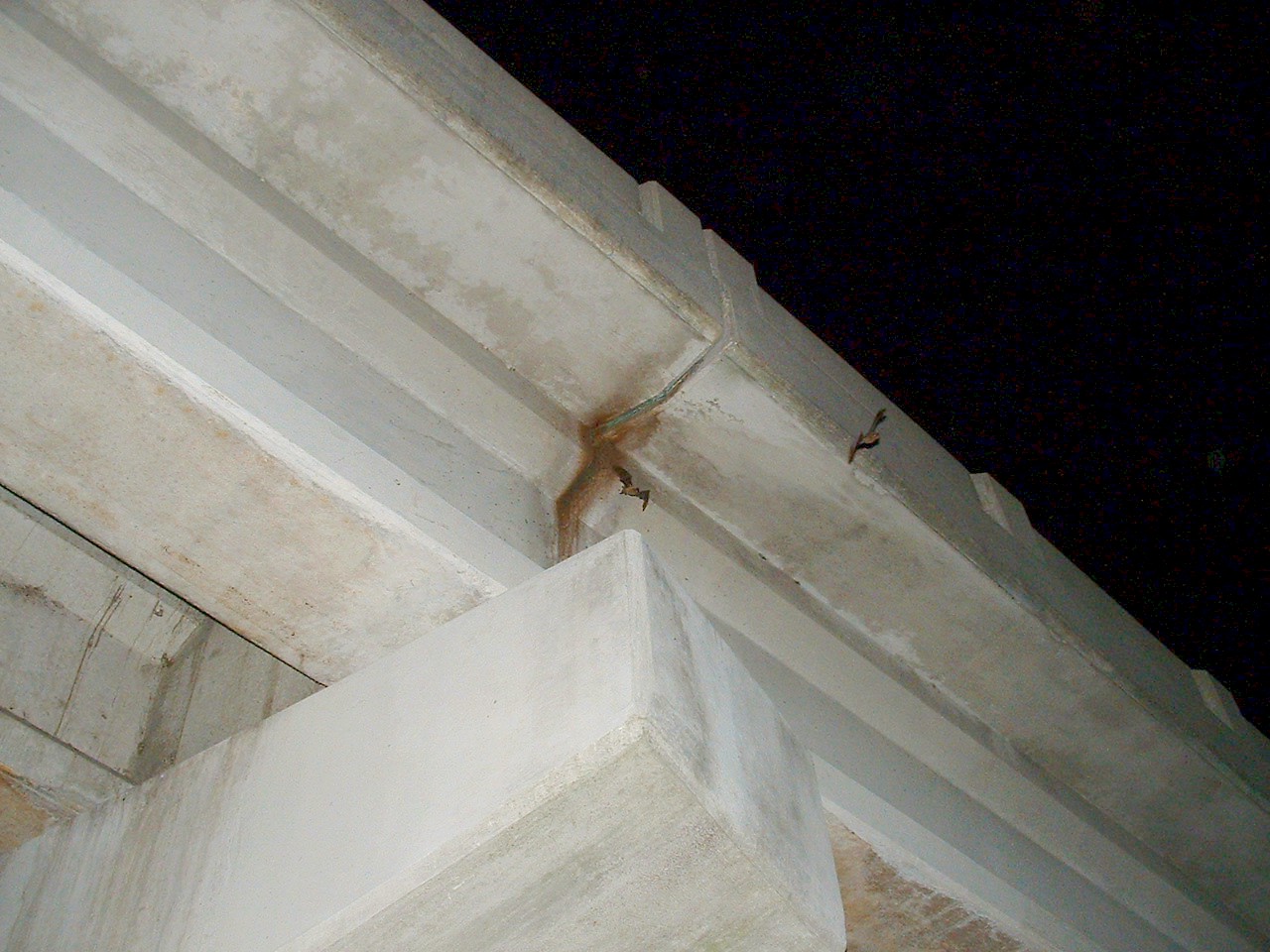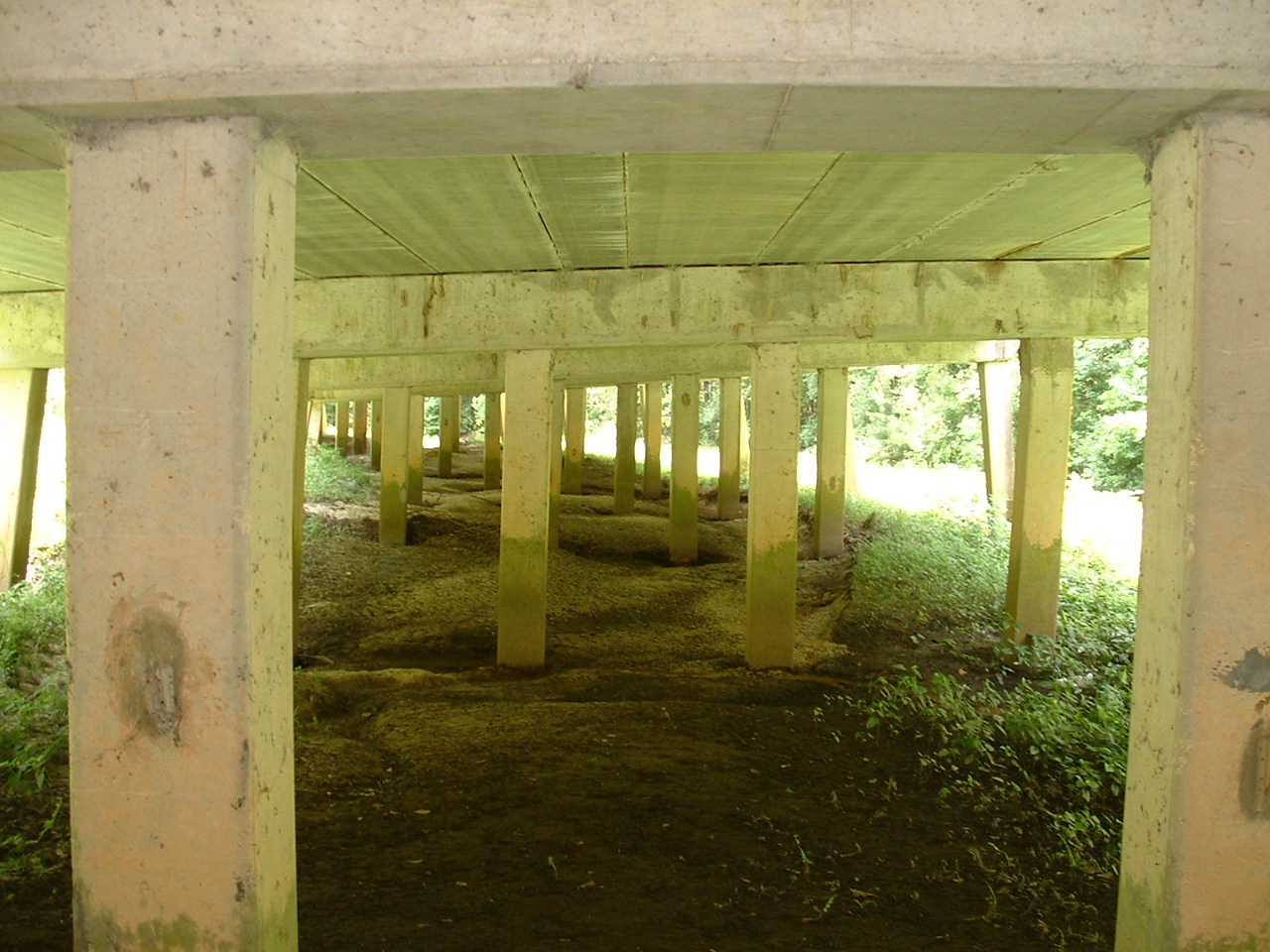|
"Bats
Roosting in Florida Bridges": Karl's Studenroth's Master's Degree, Thesis Research Project in Environmental Science.
Within Florida, bats are one of the most unique and important
wildlife species. A single bat can consume up to 3,000 insects in one night,
including mosquitos and harmful agricultural pest species. With the increase
of harmful human diseases such as West Nile virus, among several other diseases, bats
are one of the greatest predators of mosquitos that carry deadly viruses.
Unfortunately natural bat roost sites are being lost at an alarming rate within Florida. Such sites include terrestrial caves
and extensive old-growth forests where bats utilize hollow tree cavities as roosts.
An important alternative roosting site for bats in Florida
now are bridges. These bridges are almost entirely roadway bridges that cross
other roads, railroads, and various waterways.
In 1995, while employed by the Florida Fish and Wildlife Conservation Commission (FLFWCC), I (Karl Studenroth) was
part of a team that conducted a preliminary study of bats in Florida
bridges. The purpose of this study was to determine what sort of bridge structure
types bats preferred to use as roosts, the frequency of such bat roosts, and what species utilized bridges. In 2000, a portion of a third bat study I conducted for the FLFWCC also involved bridges, and was conducted
within the Choctawhatchee river drainage basin.
History of Bats in Bridges Research in Florida
•1995:
In 1995, an initial study was begun under the supervision of Jeffery A. Gore and Julie Hovis. During the 1995 study, preliminary research was conducted to determine bridge structure types bats
preferred as long-term day roosts. Karl Studenroth and Katharine Ceasar conducted
the field research during the 1995 study.
Within northwest (FDOT District 3) and northeast Florida
(FDOT District 2) 263 bridges were surveyed for the presence of bats. These 263
bridges represented a 10% random sample of all bridges in those Districts, and bats were documented in 10 bridges (3.8%). Also, 37 of 44 additional bridges, surveyed throughout Florida, were found to be inhabited by bats.
•1999
& 2000:
In the Spring of 1999 a study was conducted to determine the use of hollow tree cavities as roost
sites by bats within the Choctawhatchee river drainage basin.
The second portion of this study was conducted in the Spring of 2000. During
both field study periods the success of this project was very low. Due to this
low success rate, the study was broadened to also include potential bat roosting bridges within the study area.
During 2000, 72 bridges were surveyed within the Choctawhatchee river
watershed. Of these, 38 bridges contained suitable roosting crevices, and bats
were documented in 30 bridges (79%).
Data collected from both of these previous studies has been utilized for this current
state-wide research project.
•2002 - 2004: Intensive
Study Results
A total of 487 bridges were surveyed statewide within Florida. This number includes
301 random bridge types, and 185 bridges surveyed from various sources. A total
of 152 bridges were documented as bat roosts throughout Florida.
Four
species of bats were documented roosting in bridges in 2003 and included the: Free-tailed, Big Brown, Evening
& Southeastern bats. Big-eared bats were documented in one bridge in 1995, but were not found in
that bridge or other bridges they were reported from previously in the 2003 field work.
(Below) Free-tailed Bats flying out of a bridge

(Below) Parallel Bat Roosting Crevices

(Below, both photos) Guano &
Staining along bridge crevices
|



